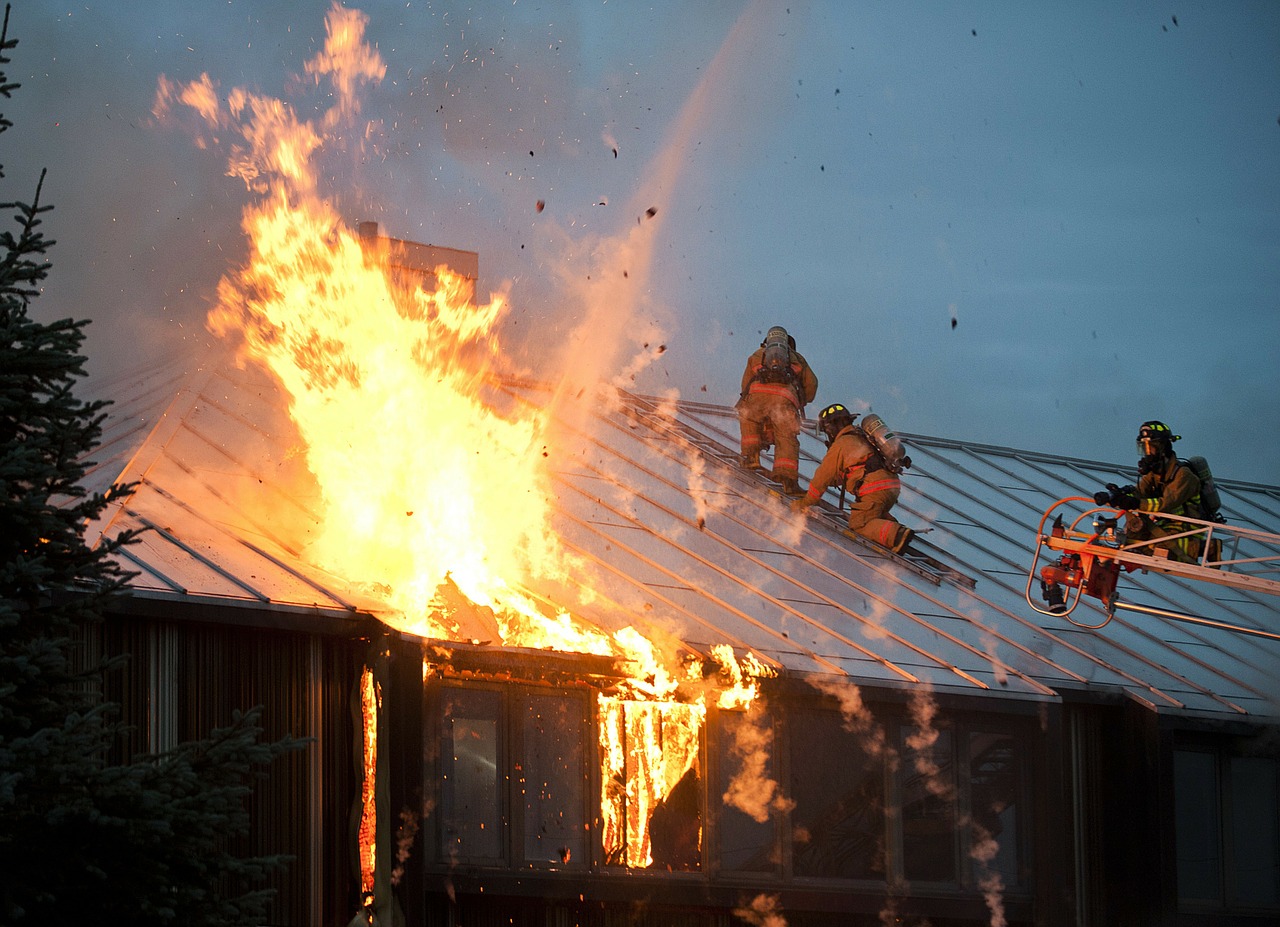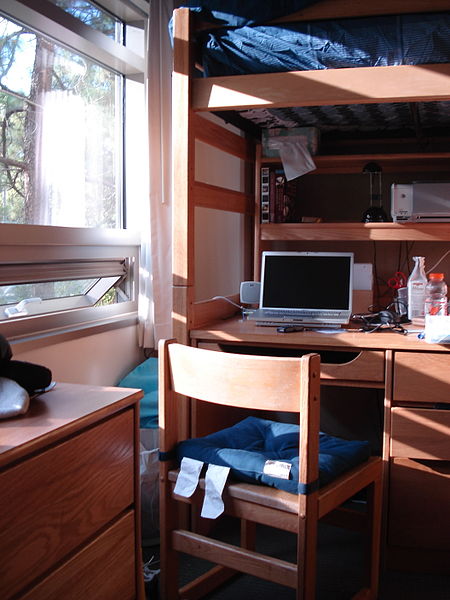The senior living industry has grown significantly over the last 20 years, expanding into different types of facilities, including assisted living facilities for those needing some level of care and nursing homes for seniors requiring continual care with daily activities. There are independent living facilities set up like apartments or condos designed to accommodate those who don’t need assistance with daily activities but want the camaraderie and security that a community offers.
In addition, the senior living sector can include high-rise apartments, called NORCs (Naturally Occurring Retirement Communities), which are often found in city apartment buildings/older neighborhoods. And, you have Continuing Care Retirement Communities (CCRCs), which have been developed throughout the country in the last several years. CCRCs are designed around the concept of aging in place, whereby an individual lives at an independent living-type facility. If necessary, he or she can progress to an assisted living environment and eventually to skilled care as needed. CCRCs offer seniors a housing option with independence, amenities, a social scene, and the security that assisted living and nursing home care will be available if needed.
What’s more, with the baby boom generation retiring over the next two decades, the senior living industry will continue to expand and evolve to meet a new generation’s needs. Recent statistics show that about 10,000 boomers reach Medicare age every day, and the over-65 crowd is predicted to grow 36% by the end of this decade, to 54.8 million —up from 40 million in 2010. By 2030, the total will top 72 million. And this generation wants control over their living environment, with more housing options and services offered. For example, a fairly new trend is the 55+ Communities, also known as active adult communities, which are comprised of apartments, condominiums, duplexes, or single-family homes on one property or campus. They may be privately or corporately owned and operated, or part of a larger provider’s spectrum of senior care and housing options. Residents must be 55 or older, and they often choose a setting based on location preferences (urban, rural, suburban) and income level (what they can afford versus what the apartment/home costs).
Where Are Boomers Going?
Of course, you have many communities throughout Florida, Arizona, and California, which have been typical locations that retirees and seniors flock into. But the Boomer generation is also looking at alternatives. One new trend sees retirees heading for college towns. They get to be near young people, enjoy watching college-level sports, and choose milder climates that may be more conducive to what they are looking for.
Another trend involves luxury facilities for those who can afford to retire to communities that offer full-size gyms, chefs trained at top cooking schools, professionally decorated interiors and an endless activity list. In a recent article in the Wall Street Journal, two facilities were featured (one in Newport, California; the other in Portland, Oregon), in which multi-million communities have been built to accommodate the wants and needs of this new generation of seniors. “This group tends to embrace an active retirement, with many boomers planning a move to age-focused communities while they can still enjoy themselves instead of waiting until it is medically necessary,” said the article. “Today’s 55-and-older communities boast everything from entertainment areas with video games and computers to state-of-the-art gyms with personal trainers and activities like age-modified Zumba and belly-dancing classes.”
With the senior living industry continuing to grow, particularly with new communities designed for the baby boomers, IPOAUSA, is poised to help you tap into this niche and provide the insurance and risk management programs communities need to adequately protect themselves against a myriad of exposures. Our Senior Living program is insured by Lloyd’s of London (non-admitted), and we can quote everything from property policies with wind, package x-wind, to package. For more information, call Insurance Programs of America at 877-653-IPOA (4762).


























